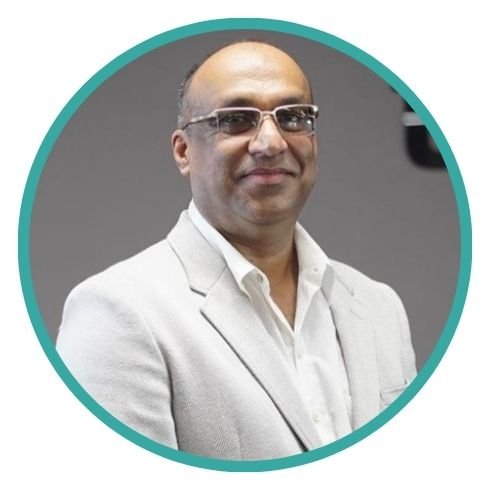
In an exclusive interview with Arunima Rajan, Pavan Choudary, Chairman of the Medical Technology Association of India (MTaI), discusses the pricing framework for medical devices, shedding light on its critical aspects and implications for the industry.
What are the key considerations or factors that the NPPA should take into account while developing the new pricing framework for medical devices?
Any price control has the potential to distort the market. Considering that the medical device sector is still nascent, the pricing framework should be designed to avoid discouraging innovation. It should promote fair competition, enable MedTech companies to continue training healthcare workers on new advancements and ensure that patients have ongoing access to the latest medical technology.
What specific regulatory changes or reforms are being proposed to streamline the licensing, trading, and exporting processes for medical device manufacturers?
All medical devices fall under the Medical Devices Rules 2017 regulations, which provide detailed guidelines on licensing, import-export procedures, and standardisation. The Central Drugs Standard Control Organization (CDSCO) has been doing a commendable job addressing challenges within the MedTech sector. However, a persistent concern remains regarding harmonising standards, labelling requirements, etc. Industry stakeholders have consistently urged authorities to harmonise regulations with globally accepted standards. For instance, adopting global harmonised standards from bodies like ISO, where India is also a member, would help manufacturers streamline regulatory processes, enhance product safety, and allow India-made products to be marketed in global supply chains.
How has the MTaI been involved in providing inputs or feedback to the government regarding the proposed pricing and regulatory changes?
MTaI appreciates that it has been invited to participate as one of the members of the recently formed committee for the review of the pricing framework for medical devices. Through its sectoral expertise and thought leadership within MTaI, it has remained thoroughly engaged with the policymakers and contributed with authentic and research-backed recommendations. MTaI has participated in stakeholder consultations held in 2023 for the “Review of working of DPCO, 2013 and National Pharmaceutical Pricing Policy, 2012 (NPPP, 2012)” and had also submitted its recommendations to the National Medical Device Policy (NMDP), which was implemented in 2023.
How do you think the proposed reforms will impact the growth and development of the medical device industry in India?
We believe that streamlined regulatory processes, harmonised standards and a consistent pricing mechanism will catalyse investments in India’s medical technology sector. We are happy to share that in the fiscal year 2023-24, MedTech’s foreign direct investment (FDI) surged to a record-breaking $534 million. This data indicates that equitable MedTech policies will attract increased investment and bolster local manufacturing capabilities in alignment with global trends, thereby enhancing access to cutting-edge medical technologies for patients nationwide.
What are the potential opportunities or challenges for prominent players in the evolving regulatory and pricing landscape?
The MedTech sector in India presents substantial opportunities. The country’s expanding healthcare infrastructure, including hospitals, clinics, and diagnostic centres, is driving a significant demand for advanced medical devices and technologies aimed at improving patient care and treatment outcomes. Additionally, the increase in public and private healthcare expenditure is boosting the demand for high-quality medical devices and services, offering vast opportunities for manufacturers and suppliers.
We are particularly encouraged by initiatives such as the Promotion of Research and Innovation in Pharma MedTech Sector (PRIP), which spotlight the importance of MedTech R&D. Although India currently holds only 1.5 per cent of the global medical device market, it already accounts for 8 per cent of the global MedTech R&D workforce. This underscores the sector’s potential and highlights a proven area for further focus and development.
However, the sector faces several challenges. High customs duties, taxes, inconsistent pricing mechanisms, and unharmonised standards are significant hurdles. Addressing these issues is crucial for the MedTech sector to reach its full potential. By overcoming these barriers, the industry can capitalise on the existing opportunities and drive significant advancements in healthcare technology and patient care in India.
First Published in Healthcareexecutive.in